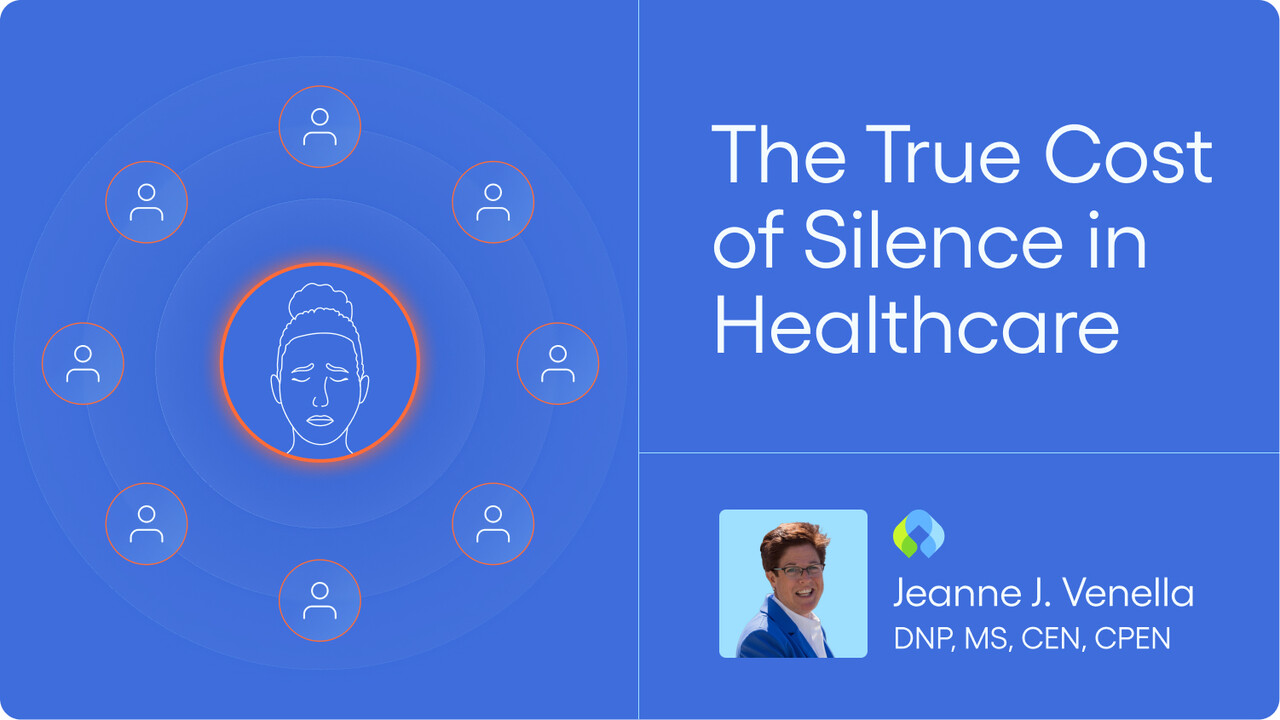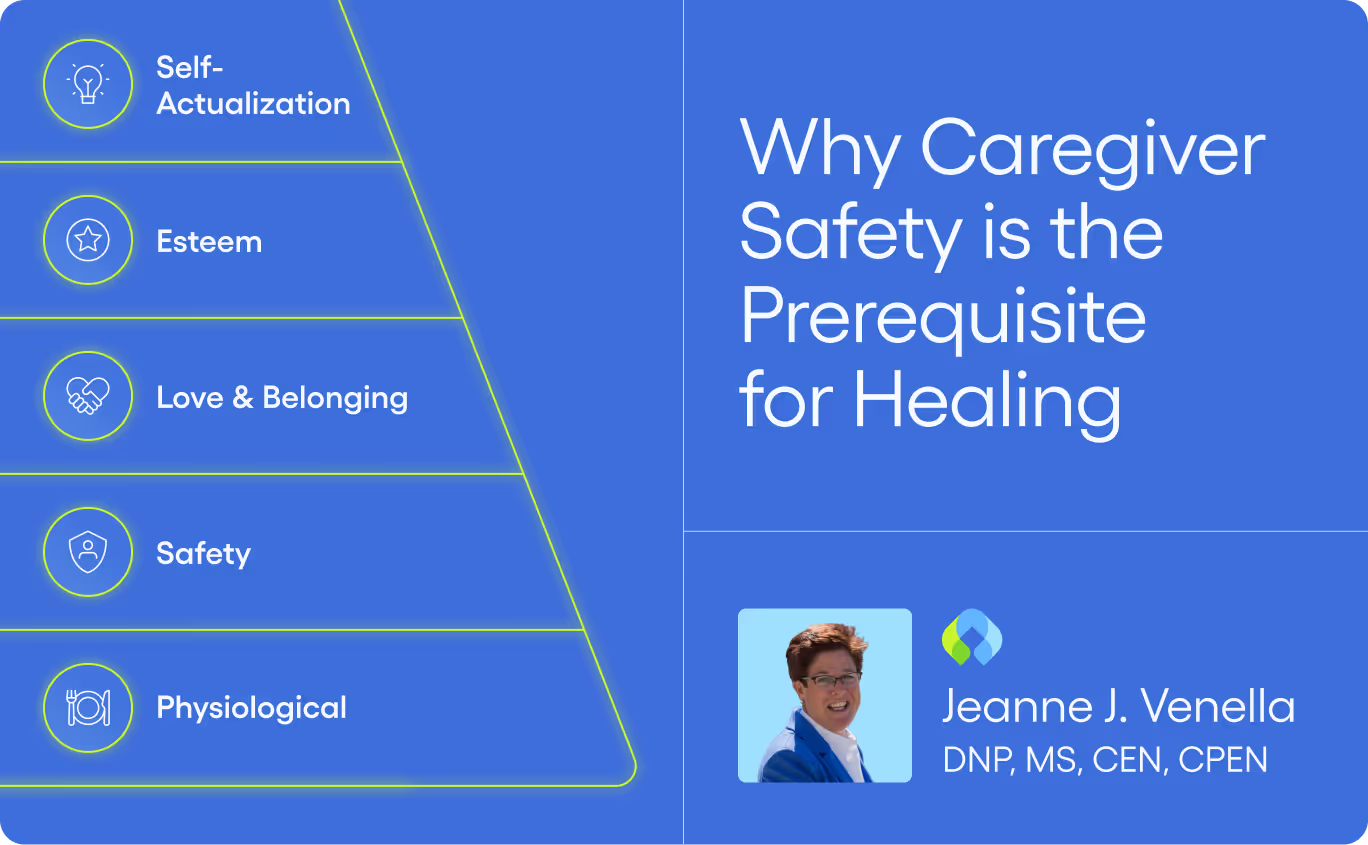The problem of workplace violence in healthcare is well-documented, but the focus often remains on the incident itself. We install the technology, we review the footage, and we address the immediate threat. But what happens after the alarm stops?
A growing body of evidence suggests that the violence doesn’t end when the security team arrives—it lingers. It has a lasting echo that is silently undermining our most valuable asset: our healthcare workforce.
The Chief Complaint: Why Incidents Don’t Just ‘Blow Over’
Across the healthcare system, the pattern is tragically clear: incidents occur, but adequate support lags. This gap is where the true organizational damage begins. The result is a cycle where professional burnout rises dramatically while retention falls.
We have long focused on the physical safety protocols, yet the failure to address the mental and emotional fallout is what transforms a singular event into a systemic crisis.
The Assessment: From Violence to Moral Injury
Workplace violence doesn’t simply disappear once the threat is neutralized—it lingers in the minds and hearts of our caregivers. Unchecked, the psychological impact deepens and becomes what is known as moral injury.
Moral injury is the profound emotional distress resulting from actions (or inactions) that violate a person’s deeply held moral beliefs. When silence and lack of support follow an assault, it sends a clear message that the organization does not value the nurse's safety or well-being. This sense of betrayal is far more toxic than physical fatigue. Ignored trauma becomes chronic distress, and chronic distress becomes organizational turnover.
The healthcare organization that fails to address this echo is paying a steep price in recruitment, training, and experience lost.
Interventions: How to Heal the Aftermath and Rebuild Trust
Reversing this trend requires a two-pronged strategy: immediate physical protection and thoughtful, human-centered psychological care.
1. Acknowledge the Impact
Trauma doesn’t clock out when the nurse’s shift ends. Silence tells nurses that the organization does not value their safety. Leaders must immediately and consistently validate the affected staff's experience. This moment is not a time for deflection or minimization; it is a time for genuine empathy and institutional accountability.
2. Rebuild Trust Through Response Plus Technology
Tools like the Canopy Staff Duress Button are essential for addressing immediate threats. They are the critical first line of defense. However, leadership’s response is what truly heals the aftermath.
Trust is rebuilt not just by having a button, but by demonstrating that pressing it will initiate a cascade of institutional support, not just a security response.
3. Support Recovery with Psychological Safety
Recovery support must be an active process: debriefing, listening, and checking in with staff. This process creates a culture of psychological safety, which is the strongest retention factor strategy available to healthcare organizations today. When nurses feel safe enough to be vulnerable, they stay.
This strategy is the ultimate business case for care. Protecting your nurses protects your entire organization. An empowered, psychologically safe, and protected workforce is the foundation of high-quality patient care, institutional reputation, and financial stability.
The Plan: Retention Begins with Care
We must address the initial violence and, crucially, the enduring echo.
For every security solution put in place, there must be a corresponding commitment to psychological safety. Retention begins with protection, both physical and emotional, and grows with care. By acknowledging the full cost of silence, we can move from simply reacting to incidents to proactively building the resilient, compassionate, and safe workplaces our nurses deserve.
Canopy provides a connected safety platform dedicated to enhancing staff safety and creating environments where care providers can focus on what they do best, caring for their patients.



